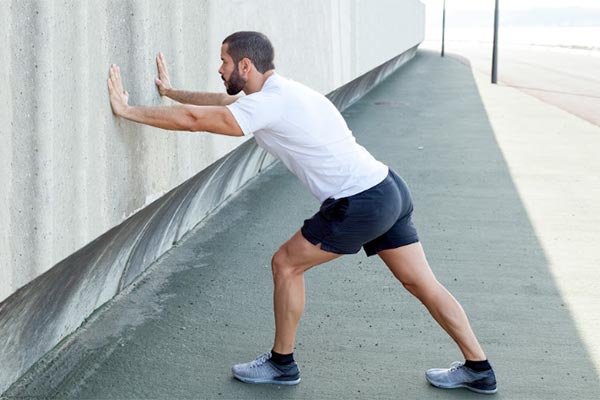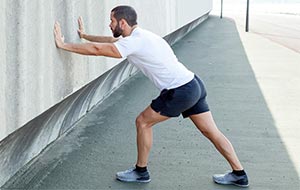
Foot and ankle injuries are among the most common issues faced by athletes across various sports. These injuries can be debilitating, hindering performance, and potentially leading to long-term complications if not properly addressed. Understanding the top foot and ankle injuries, their treatment options, and prevention strategies is crucial for athletes aiming to stay in peak condition.
Common Foot and Ankle Injuries:
Ankle Sprains: Ankle sprains occur when the ligaments supporting the ankle stretch or tear. This can happen during sudden twists, rolls, or impacts. Symptoms include pain, swelling, and bruising.
Achilles Tendonitis: This injury involves inflammation of the Achilles tendon, often due to overuse. It causes pain and stiffness in the heel and along the tendon.
Plantar Fasciitis: Inflammation of the plantar fascia, the ligament that connects the heel bone to the toes, results in sharp heel pain, especially in the morning or after long periods of standing.
Stress Fractures: These small cracks in the bones, usually caused by repetitive force or overuse, are common in the metatarsals and can lead to significant pain and swelling.
Treatment Options:
- Rest and Ice: Essential for initial injury management, reducing swelling, and alleviating pain.
- Physical Therapy: Helps restore strength, flexibility, and range of motion.
- Bracing and Orthotics: Provide support and prevent further injury during recovery.
- Medication: Anti-inflammatory drugs can reduce pain and swelling.
- Surgery: In severe cases, surgical intervention may be necessary to repair torn ligaments or tendons.
Prevention and Recovery:
Preventing foot and ankle injuries involves a combination of proper training, adequate footwear, and strength conditioning. Athletes should focus on strengthening the muscles around the ankle, maintaining flexibility, and wearing supportive shoes that suit their sport. Gradually increasing training intensity and avoiding overuse can also significantly reduce injury risks.
Recovery from these injuries often requires a comprehensive approach, including rest, rehabilitation exercises, and possibly modifications to training routines. Early diagnosis and treatment are vital to prevent chronic issues and ensure a full return to athletic activities.
If you're an athlete dealing with foot or ankle pain, don't ignore the signs. Early intervention is key to a swift recovery. Contact the New Jersey Orthopedic Institute today to schedule a consultation. Don't let foot and ankle injuries sideline you—step up and take control of your health today!
AUTHOR: Michael K Shindle, MD is a board-certified fellowship-trained orthopedic surgeon specializing in sports medicine and hip and knee joint replacement surgery in Wayne, New Jersey. Dr. Shindle has experience as a Team Physician for the National Hockey League, New Jersey Devils, Orthopedic Consultant for the National Football League, New York Giants, Team Physician for the Major League Soccer, New York Red Bulls, Team Physician for USA Hockey, Team Physician for US Men’s Soccer, Team Physician for Fairleigh Dickinson University, and Team Physician for Madison High School.





